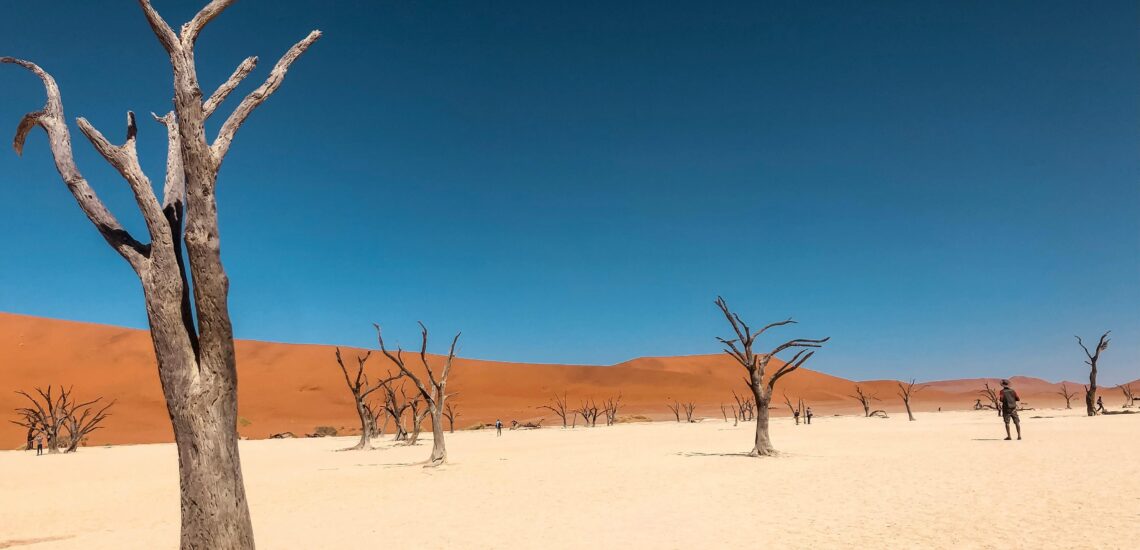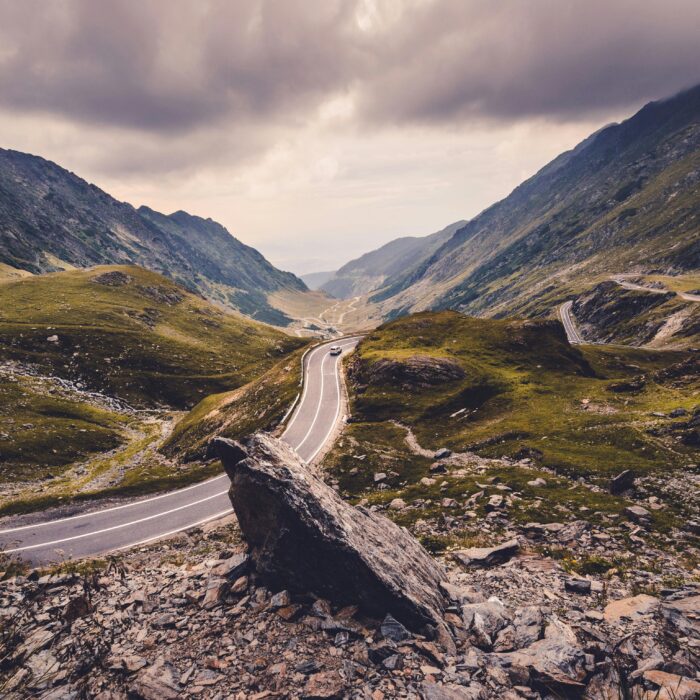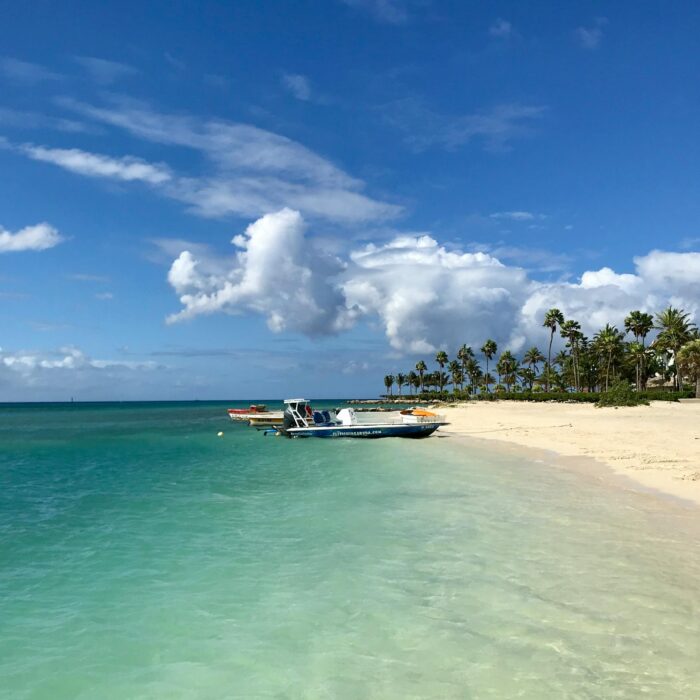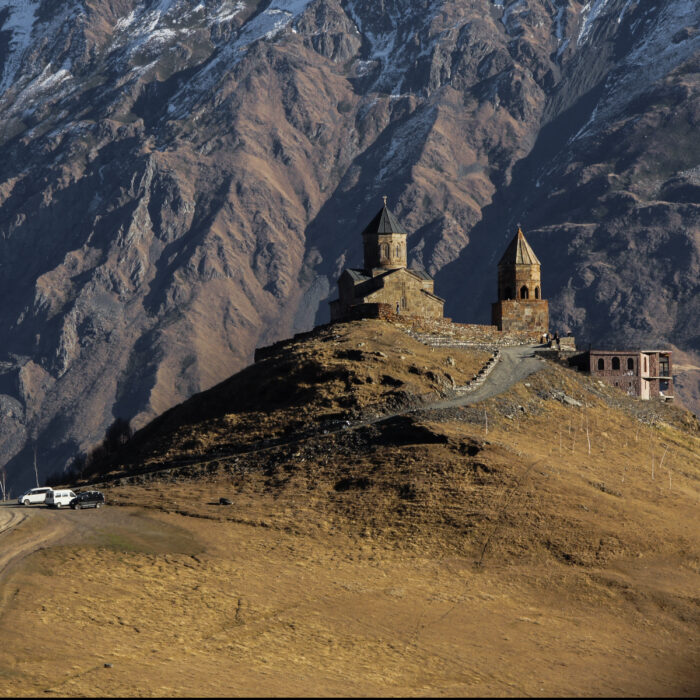Informazioni rapide sulla Namibia:
- Popolazione: Circa 2,5 milioni di persone.
- Capitale: Windhoek.
- Lingua ufficiale: Inglese.
- Altre lingue: Afrikaans, tedesco e varie lingue indigene come l’Oshiwambo e il Nama.
- Valuta: Dollaro namibiano (NAD), agganciato al Rand sudafricano (ZAR).
- Governo: Repubblica parlamentare unitaria.
- Religione principale: Cristianesimo (prevalentemente protestante), con credenze indigene.
- Geografia: Situata nell’Africa sud-occidentale, confina a nord con l’Angola, a nord-est con lo Zambia, a est con il Botswana, a sud con il Sudafrica e a ovest con l’Oceano Atlantico. La Namibia è nota per la varietà dei suoi paesaggi, tra cui deserti, savane e montagne scoscese.
Fatto 1: la Namibia ha il secondo canyon più grande del mondo
La Namibia ospita il Fish River Canyon, considerato il secondo canyon più grande del mondo, superato solo dal Grand Canyon negli Stati Uniti. Il Fish River Canyon si estende per circa 160 chilometri (100 miglia) di lunghezza, fino a 27 chilometri (17 miglia) di larghezza e raggiunge una profondità di circa 550 metri (1.800 piedi).
Il canyon si è formato circa 500 milioni di anni fa, probabilmente attraverso una combinazione di processi geologici, tra cui l’erosione e l’attività tettonica. Oggi è una destinazione popolare per i turisti e gli amanti dell’avventura, in quanto offre panorami mozzafiato, opportunità di escursioni e la possibilità di osservare diversi animali selvatici nell’area circostante.
Nota: Se avete intenzione di visitare il Paese da soli, verificate se avete bisogno di una patente di guida internazionale in Namibia per noleggiare e guidare un’auto.
Fatto 2: la Namibia ha una delle più basse densità di popolazione al mondo
La Namibia ha una delle più basse densità di popolazione al mondo, con circa tre persone per chilometro quadrato (circa otto persone per miglio quadrato). Questa bassa densità è in gran parte dovuta alla sua vasta superficie di circa 824.292 chilometri quadrati (318.261 miglia quadrate) e a una popolazione di circa 2,5 milioni di persone.
La geografia del Paese gioca un ruolo significativo nella distribuzione della popolazione. Gran parte della Namibia è caratterizzata da paesaggi aridi e semi-aridi, tra cui il deserto del Namib e il deserto del Kalahari, che limitano le terre abitabili. La maggior parte della popolazione è concentrata nelle regioni settentrionali e nelle aree urbane come Windhoek, la capitale.
Fatto 3: la Namibia ha le dune più alte e il deserto più antico
La Namibia ospita alcune delle dune di sabbia più alte del mondo, in particolare nell’area di Sossusvlei del deserto del Namib. Queste dune imponenti, alcune delle quali raggiungono un’altezza di oltre 300 metri, sono note per il loro sorprendente colore rosso-arancio, dovuto all’ossido di ferro presente sulla sabbia. Il deserto del Namib è considerato uno dei deserti più antichi del mondo, con un’età stimata di circa 55 milioni di anni, il che lo rende un tesoro geologico ed ecologico unico.
Fatto 4: La Namibia ha la più grande popolazione di ghepardi al mondo
La Namibia ospita la più grande popolazione di ghepardi al mondo: secondo le stime, nel Paese vivono circa 2.500-3.000 esemplari di questi iconici grandi felini. Questa significativa popolazione si trova principalmente nelle regioni settentrionali e centrali, in particolare nei terreni agricoli commerciali e nelle aree di conservazione.
L’impegno della Namibia nella conservazione della fauna selvatica, unito al suo paesaggio unico che comprende savane aperte e zone aride, fornisce un habitat ideale per i ghepardi. Il Paese ha attuato strategie di conservazione innovative, come la gestione della fauna selvatica a livello comunitario, che coinvolge gli agricoltori e le comunità locali nella protezione di questi animali, consentendo loro di coesistere con il bestiame.
Fatto 5: La Namibia è un luogo ideale per l’osservazione delle stelle
I vasti paesaggi aperti, uniti al clima secco, creano le condizioni ideali per l’osservazione astronomica. Luoghi come il deserto del Namib e le aree intorno a Sossusvlei e al Fish River Canyon offrono viste spettacolari del cielo notturno, dove i visitatori possono vedere migliaia di stelle, costellazioni e persino la Via Lattea in dettaglio. La natura remota del Paese fa sì che spesso non ci siano interferenze luminose urbane, migliorando la visibilità dei fenomeni celesti.
La Namibia ospita anche diversi tour e lodge per l’osservazione delle stelle che mettono a disposizione telescopi e guide esperte, consentendo ai visitatori di imparare l’astronomia mentre si godono il cielo notturno mozzafiato.
Fatto 6: A causa del suo isolamento, la Namibia ha molti endemismi vegetali
L’isolamento geografico e la diversità degli ecosistemi della Namibia contribuiscono a un alto livello di endemismo vegetale, con molte specie che non si trovano in nessun’altra parte del mondo. I variegati paesaggi del Paese, tra cui deserti, savane e montagne, creano habitat distinti che supportano una flora unica.
Il deserto del Namib, in particolare, ospita diverse specie di piante endemiche adattate alle sue dure condizioni, come la Welwitschia mirabilis, una pianta straordinaria che può vivere per oltre mille anni ed è nota per le sue due lunghe foglie a forma di cinghia. Inoltre, le piante grasse della regione, come l’hoodia e varie specie di aloe, hanno sviluppato adattamenti specifici per sopravvivere in ambienti aridi.
Fatto 7: La Namibia ha una “Costa degli scheletri” di navi
La Namibia è famosa per la sua “Skeleton Coast”, un tratto di costa che si è guadagnato il nome grazie ai numerosi naufragi che vi sono avvenuti nel corso degli anni. Le dure condizioni dell’Oceano Atlantico, combinate con una fitta nebbia e correnti insidiose, hanno portato all’affondamento di molte navi, lasciando dietro di sé inquietanti resti dei loro scafi lungo la costa.
La Skeleton Coast si caratterizza per la sua aspra bellezza, con forti contrasti tra le dune di sabbia e l’oceano. Tra i relitti più importanti c’è l’Eduard Bohlen, una nave da carico tedesca arenatasi nel 1909, ora parzialmente sepolta nella sabbia. Questi relitti, insieme al paesaggio inquietante, creano un’atmosfera unica che attrae avventurieri, fotografi e appassionati di storia.
Fatto 8: La Namibia è il luogo con la più alta concentrazione di pitture rupestri
La Namibia ospita le incisioni rupestri di Twyfelfontein, che vantano una delle più alte concentrazioni di incisioni e pitture rupestri dell’Africa. Questo sito, Patrimonio dell’Umanità dell’UNESCO, presenta oltre 2.500 incisioni individuali, create dal popolo San migliaia di anni fa. Le incisioni raffigurano vari animali, tra cui elefanti, leoni e antilopi, oltre a figure umane e simboli astratti.
Fatto 9: Il più grande meteorite è stato trovato in Namibia
La Namibia è famosa per essere la patria del più grande meteorite mai trovato, noto come meteorite di Hoba. Scoperto nel 1920 vicino alla città di Grootfontein, questo massiccio meteorite di ferro pesa circa 60 tonnellate e misura circa 2,7 x 2,7 x 0,9 metri (8,9 x 8,9 x 2,9 piedi). Il meteorite di Hoba è unico non solo per le sue dimensioni ma anche per il suo stato di buona conservazione e rimane nel luogo in cui è stato trovato, diventando una popolare attrazione turistica e un sito scientifico.
Il campo disseminato di meteoriti di Gibeon ha un’estensione di circa 275 chilometri quadrati (106 miglia quadrate) e contiene migliaia di frammenti di meteoriti. Molti di questi pezzi sono stati trovati nelle vicinanze della città di Gibeon, dove sono stati inizialmente scoperti dagli agricoltori locali e successivamente raccolti per essere studiati. Si ritiene che i meteoriti siano caduti circa 500.000 anni fa.
Fatto 10: La Namibia ospita la più grande colonia di foche di porto del mondo
La Namibia ospita la più grande colonia riproduttiva di foche di porto del mondo, situata principalmente a Cape Cross, sulla Skeleton Coast del Paese. Si stima che questa straordinaria colonia sia composta da circa 100.000 foche durante l’alta stagione riproduttiva, che va da novembre a dicembre.
Cape Cross è stata istituita come riserva naturale nel 1968 e serve come area protetta per le foche che si riproducono e crescono i loro cuccioli. La costa frastagliata della riserva e le abbondanti risorse marine forniscono un habitat ideale per queste foche. I visitatori di Cape Cross possono osservare le foche nel loro ambiente naturale, assistendo alle interazioni tra le madri e i loro cuccioli e al vivace comportamento sociale della colonia.

Pubblicato Settembre 22, 2024 • 7m da leggere





